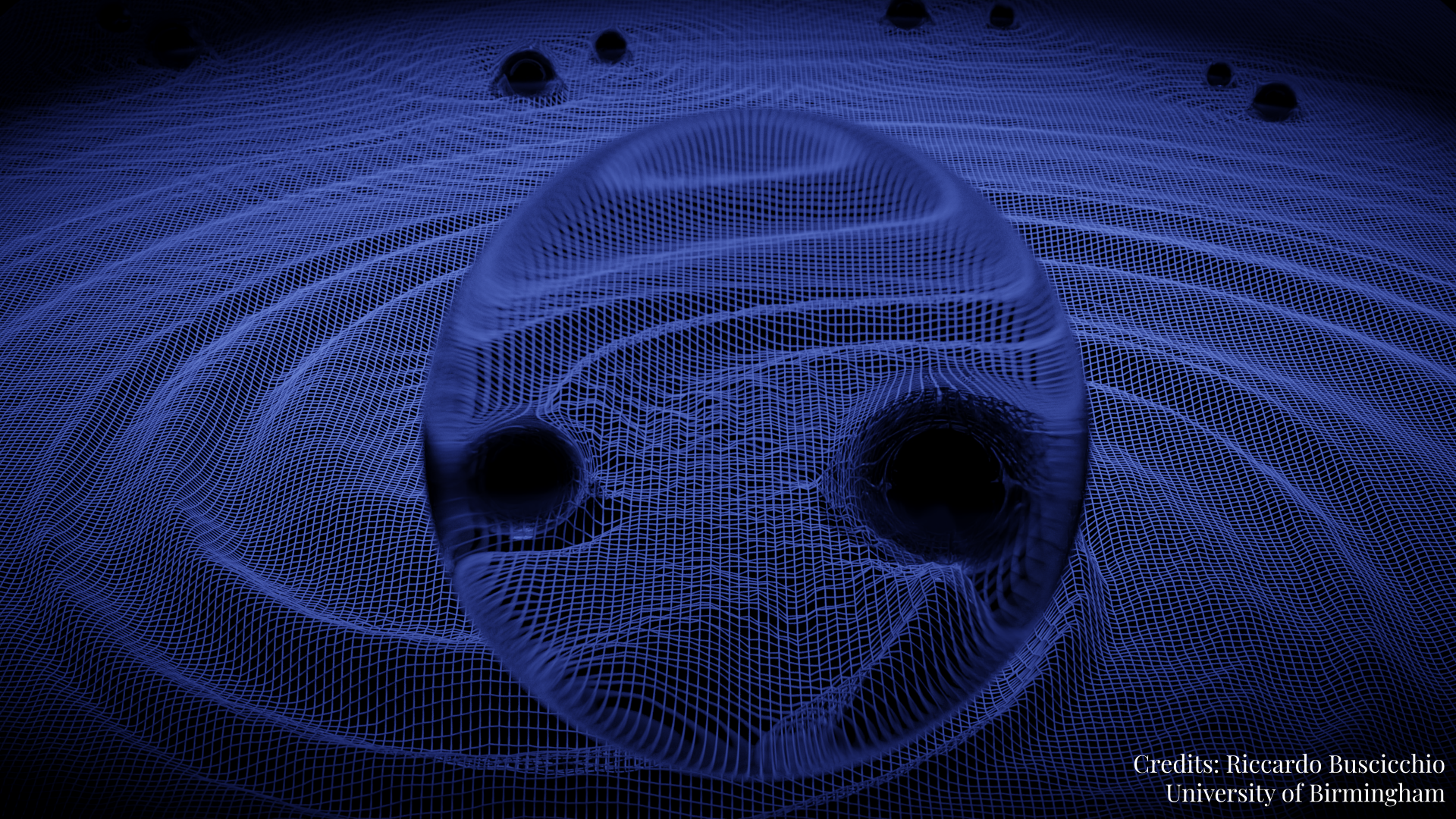
In the first half of their third set of observations, the so-called “O3a observing run”, the LIGO-Virgo collaboration searched for lensing signatures in their gravitational data. Given the current sensitivity of the detectors, they predicted how frequently lensing occurs and determined how even the absence of detectable lensing effects already improves our knowledge of the compact binary merger rate in the distant universe. They also demonstrated how the absence of detection of stochastic gravitational waves from the early Universe improves our knowledge of the rate of lensing. Magnification through lensing could also help to explain the exceptionally high masses seen in some of the detected LIGO-Virgo events (like GW190425 or GW190521). The detector data was also searched for multiple lensed events, to compare whether a given pair of signals are more likely to be produced by the same or any unrelated sources.
